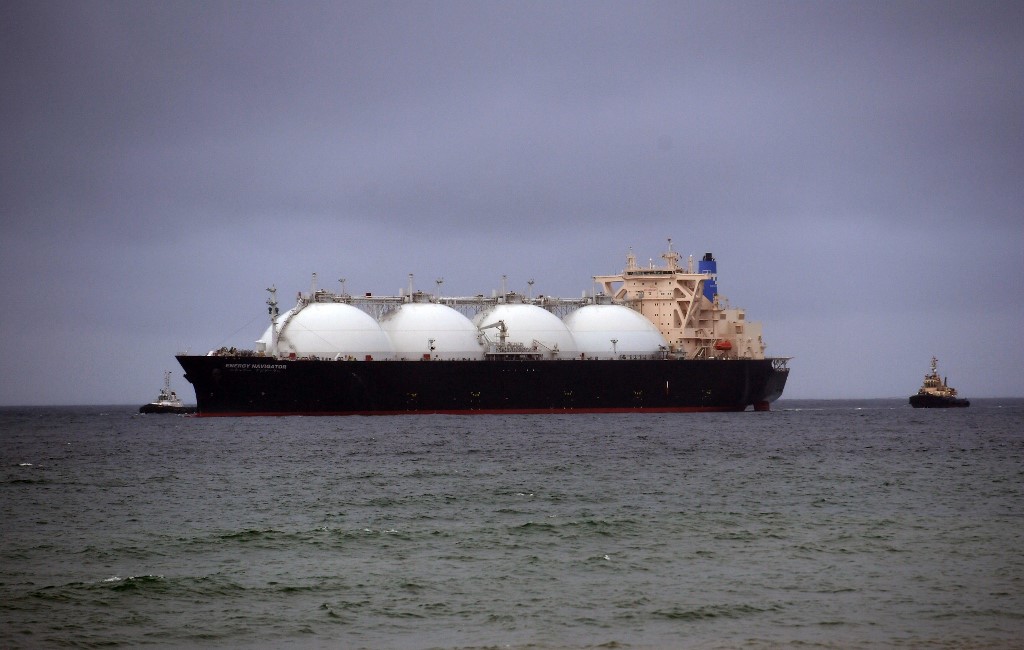(ATF) Indian Prime Minister Narendra Modi says his government wants to more than double the share of natural gas as part of the country’s energy mix – to diversify its sources of energy, connect the nation with a gas pipeline grid and bring affordable fuel to people and industry.
The pipeline would reduce energy costs for the poor, middle class and industry, as well as help supply gas to city gas distribution systems, Modi said on Tuesday.
It would also boost the development of compressed natural gas (CNG) relayed to many cities, supply low-cost energy to fertiliser, chemical and petrochemical plants and reduce pollution in both Kerala and Karnataka, he added.
Modi made his comments at an inauguration ceremony for a 450km natural gas pipeline between Kochi, a city in southwest India’s coastal Kerala state, and Mangaluru, the major port city of the Indian state of Karnataka. The new link has the capacity to transport around 12 million standard cubic meters of natural gas per day.
Though Modi gave no timeframe to more than double up on gas, the government has already set a 15% gas goal by 2030, mostly through building more liquefied natural gas (LNG) import terminals, striking more off-take agreements with flexible contract clauses and building its gas pipeline to cover around two-thirds of the country.
Modi’s remarks have several notable takeaways. First, his continued emphasis on clean energy and gas’ role in the country’s energy future seems to contradict New Delhi’s continued reliance and subsequent promulgation of dirtier coal burning needed for industry and thermal power production.
Upping coals’ ante in the country’s energy future even more, the government passed a bill last year that removed end-use restrictions for firms participating in coal mine auctions and fully opened up the sector for private Indian and international companies.
Coal mines auctioned
In November, the government also announced that 19 mines had been successfully auctioned to private investors, prompting Modi to reply that he envisioned India becoming a net coal exporter.
Notwithstanding complications from more coal production, the government’s plan to build one gas pipeline grid could still help the government meet its recently stated goal of exceeding its 2015 Paris climate accord pledges.
Modi went even further in October, however, claiming that India would become the major driver of global energy demand in the years to come but would also hold down carbon emissions even as its power consumption soared.
Insufficient pipeline infrastructure and lack of a nationally integrated system have been key factors that have constrained India’s gas supply. To remedy this, state-owned pipeline transmission and distribution company GAIL India Ltd and a number of others have ramped up investments in several pipeline projects.
The country’s onshore natural gas pipeline network stood at approximately 16,737 km in 2018, more than double the 2008 level, according to Indian Ministry of Petroleum and Natural Gas statistics.
Network expanded
The gas pipeline network was expanded last year as well, bringing large volumes of gas to the eastern and southern parts of the nation for the first time, Manoi Jain, GAIL chairman and managing director, said in December.
“The next three to four years, we will double [the length of] the national pipeline grid to 55,000km at a cost of about US$13 billion,” he added.
India’s continued long-distance gas pipeline build-out for its part will also help city gas developments as more areas would get connected to gas supply.
According to an IHS Markit report in October, City Gas Distribution as part of the country’s natural gas demand stands at 16.5%. It is projected to grow at a compound annual growth rate of 8.6% and to reach 20% by 2025.
However, the ongoing Covid-19 pandemic will make India’s gas pipeline build-out more difficult as will the lack of investment by non state-owned players. To date, state-owned companies GAIL, Indian Oil Corp and Oil and Natural Gas Corp Ltd (ONGC) dominate the country’s natural gas pipeline landscape.
Soorya Tejomoortula, GlobalData oil and gas analyst, said in July that natural gas pipelines are not included under the infrastructure sector by the national government. Once the pipeline sector gets so-called ‘infrastructural status’, it will be eligible to raise capital on easier terms for longer tenures from a variety of lenders such as insurance companies and pension funds.
Private participation
Unbundling of transportation and marketing of gas is another major step required to increase private participation and develop the natural gas pipelines network, he said.
Though India has ample potential for natural gas consumption, he added, it’s not being translated into reality due to low availability of gas, inadequate infrastructure and high prices to end-users.
“This is in turn resulting in the inadequate pipeline capacity usage of the available pipelines, affecting operational efficiencies of natural gas pipelines and causing financial duress to pipeline operators,” he said.
Other hurdles, according to several sources, include land access restrictions by local owners as well as problems obtaining grant right-away approvals from state governments. Until these problems are remedied, India’s gas pipeline goals will likely fail to fully materialise.
























